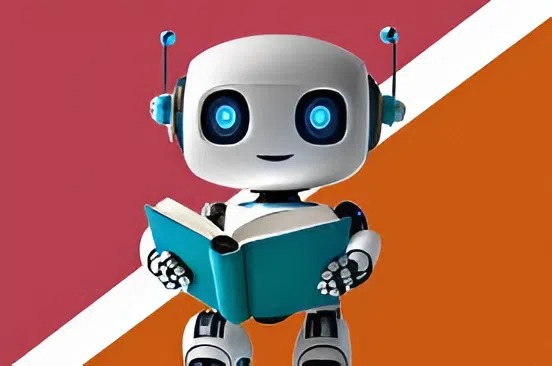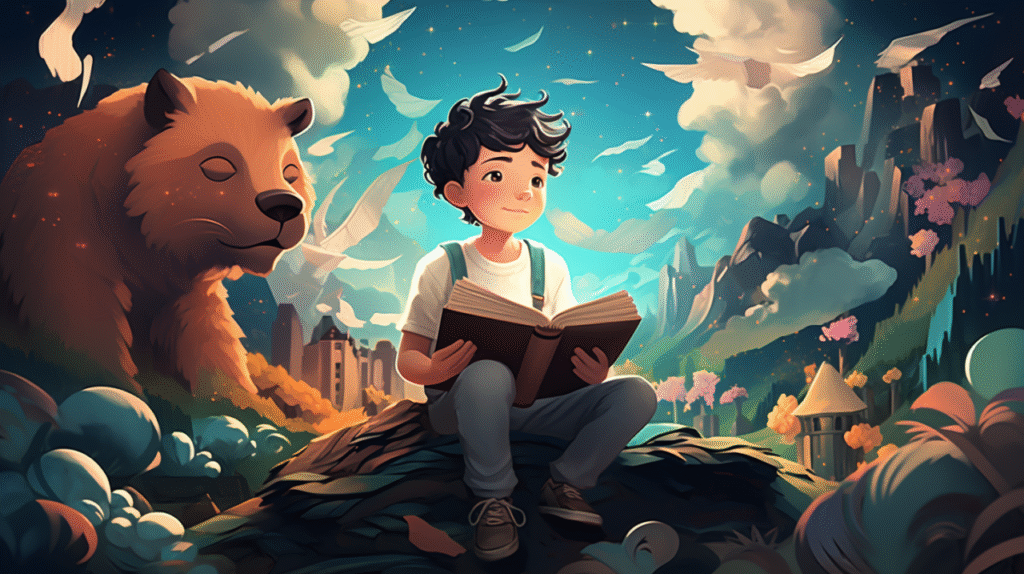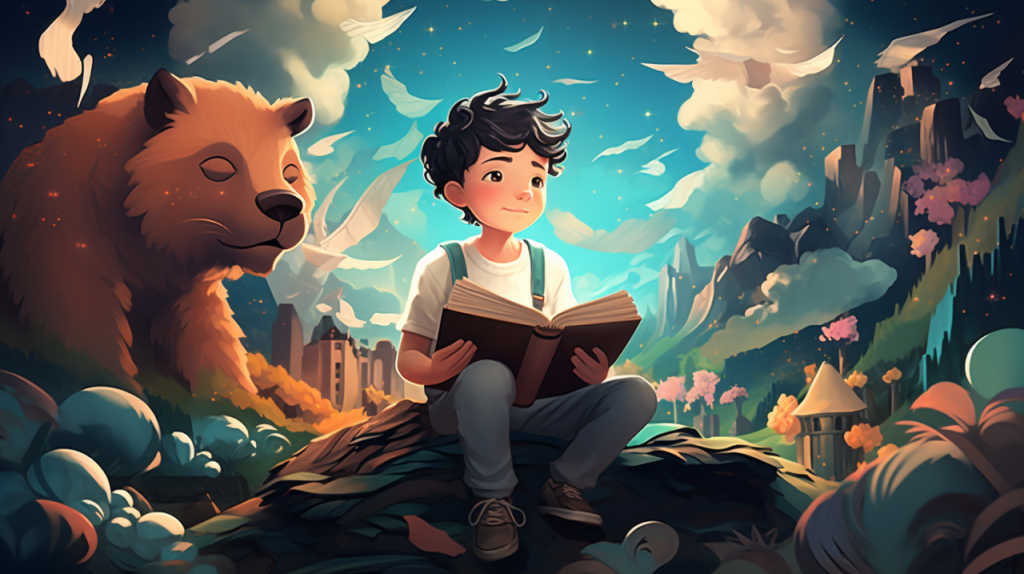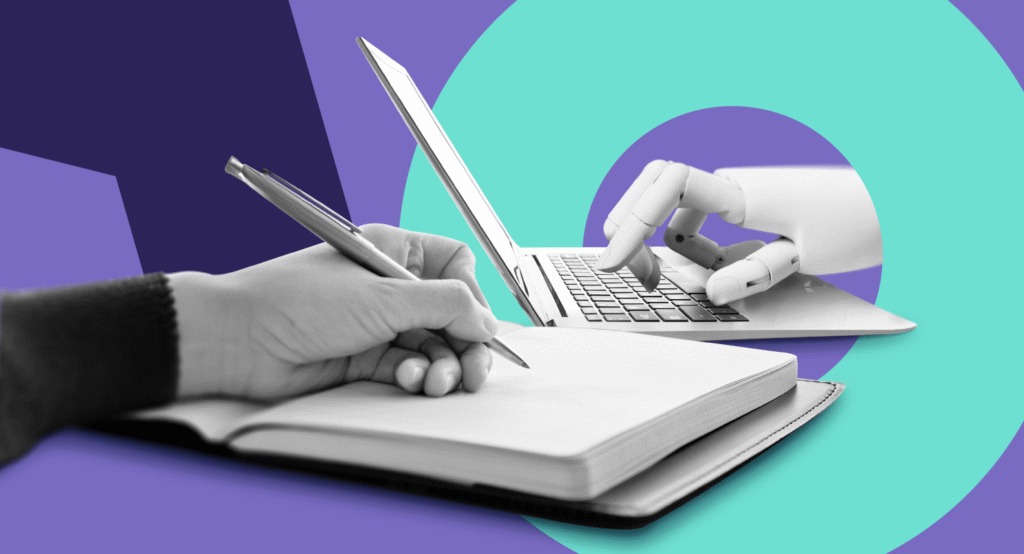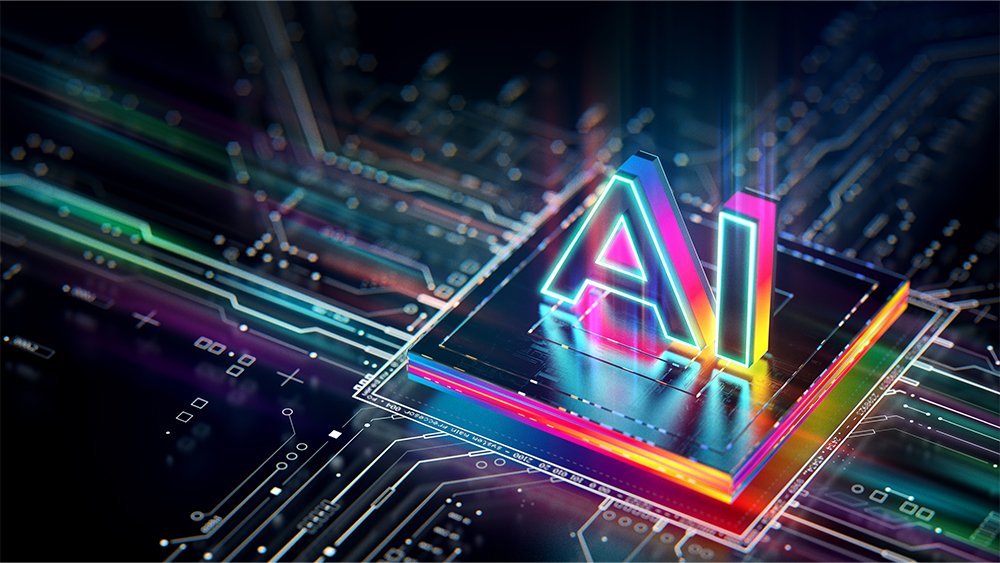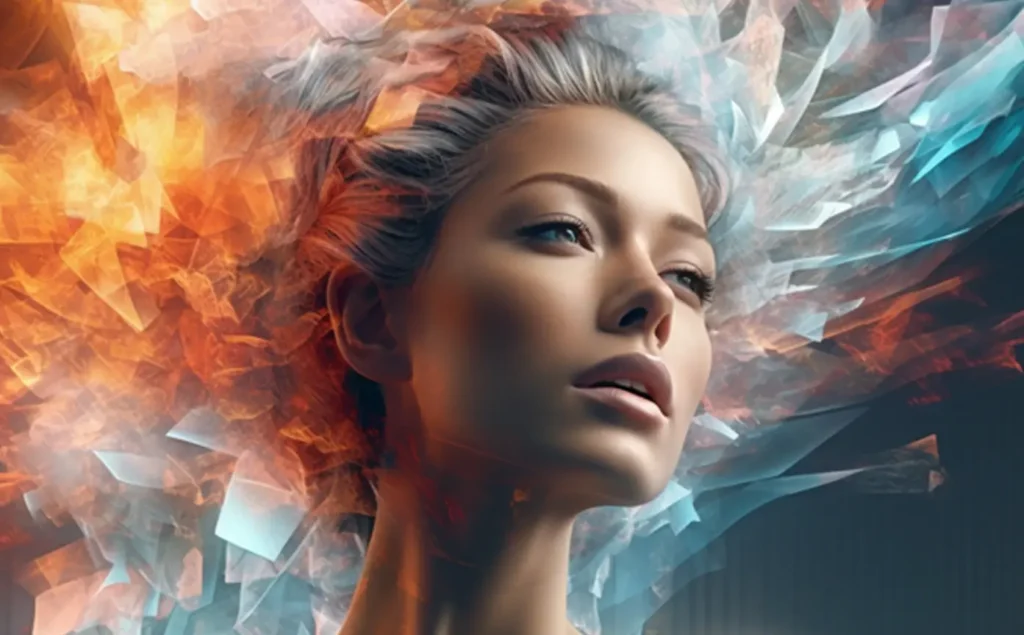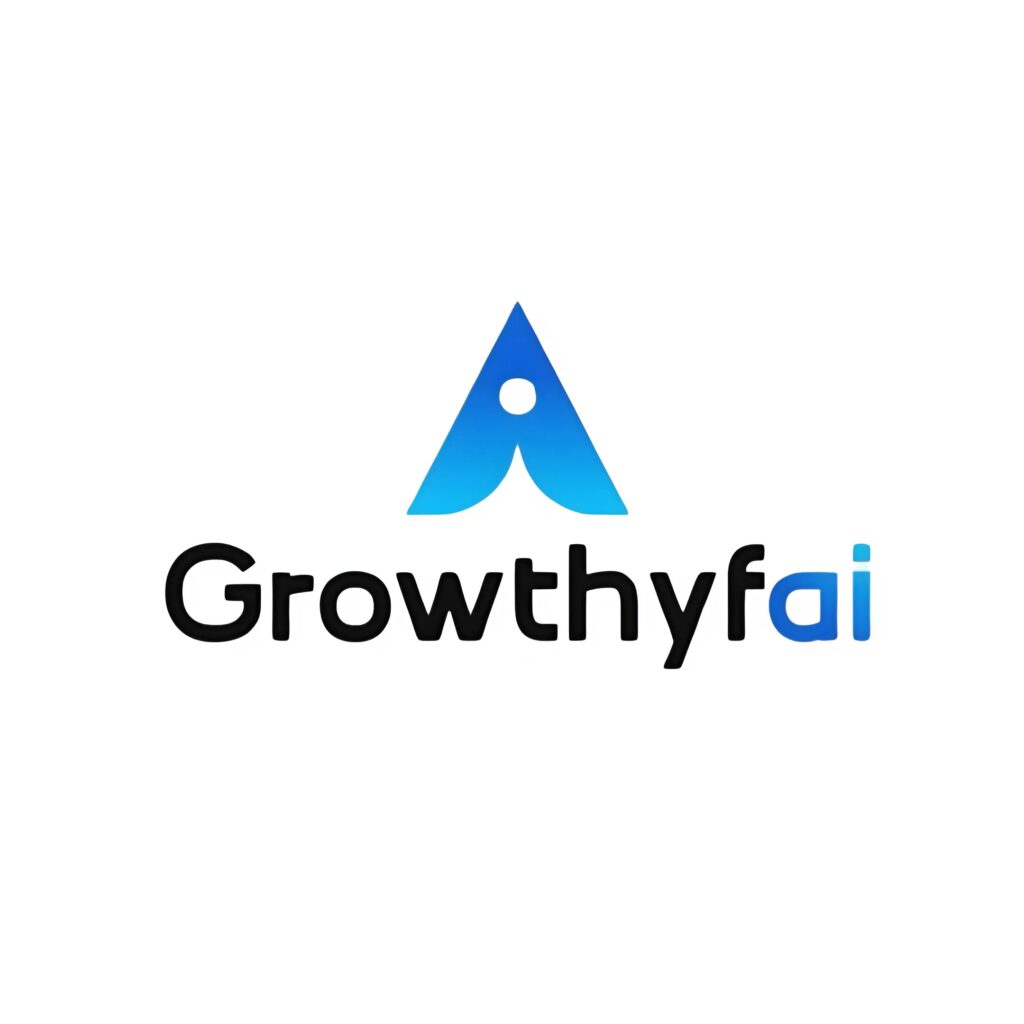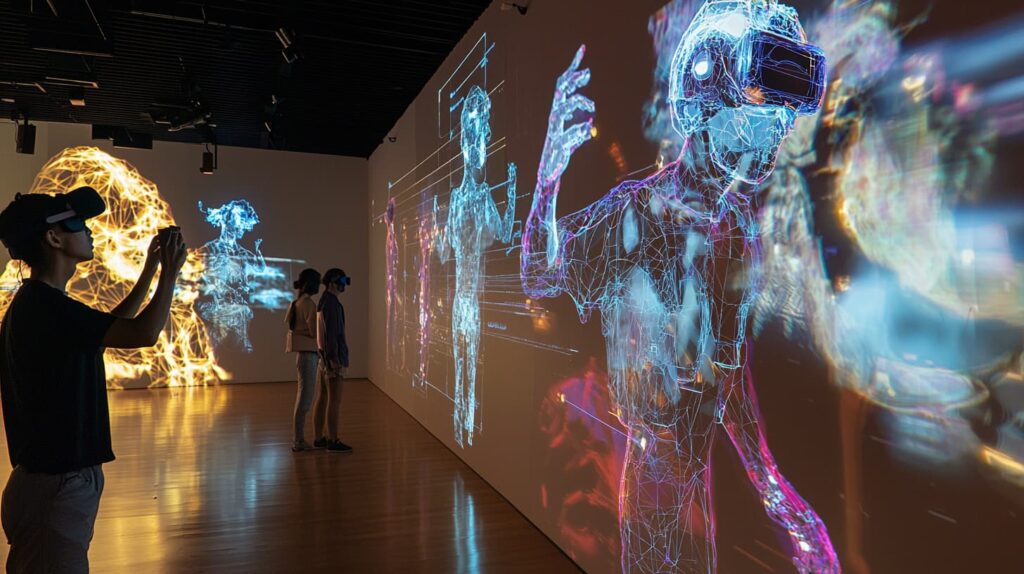AI-Powered Storytelling: Redefining Narrative Traditions
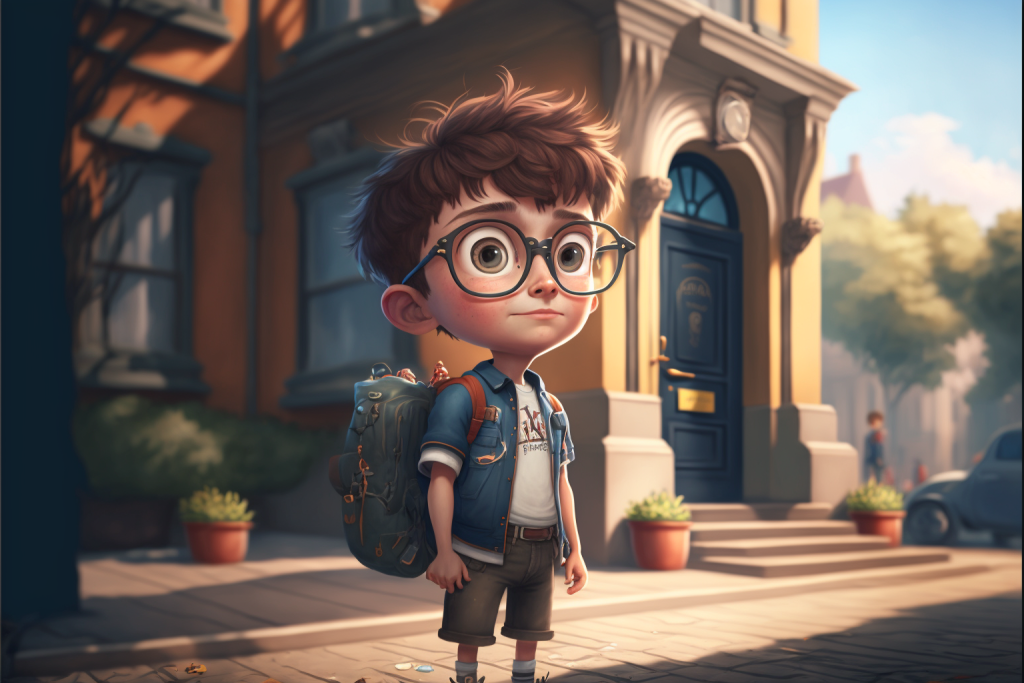
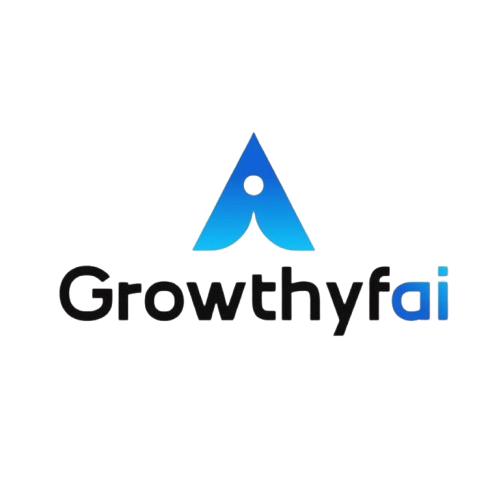
In the tapestry of human civilization, storytelling has always occupied a central role. From the campfires of early tribal communities to the global reach of modern novels and cinema, narratives have served as the bridge across cultures and time. With the advent of artificial intelligence, a significant evolution is taking shape. AI-powered storytelling is not only enhancing the way stories are told but also redefining the very essence of narrative traditions. This transformation invites countless questions about creativity, authorship, and the future of literature and media.
The Evolution of Storytelling with AI
Artificial intelligence has entered the creative arenas with tools that have the potential to augment human creativity. Stories have traditionally been crafted through the singular vision of a storyteller. This begins a new chapter where AI acts as an invaluable collaborator. Powerful language models, like GPT-3 and its successors, are being used to generate plot ideas, develop characters, and even write entire novels. With their ability to process and analyze vast amounts of data, these AI systems can tap into countless plots, themes, and motifs, presenting a rich tapestry of narrative possibilities.
An example of AI in action is the AI Dungeon, a text adventure game platform that leverages AI to create expansive, interactive storytelling experiences. Another significant example is the AI-driven novel “1 The Road,” co-written by an AI, which captures the essence of Jack Kerouac’s “On the Road,” blending human creativity with machine-learning techniques. These examples illustrate the nascent, yet burgeoning potential of AI in reshaping storytelling.
AI’s Role in Expanding Creativity
A recurring concern with AI’s growing presence in creative fields is the threat it poses to human creativity. However, it’s essential to recognize the distinction between replacement and enhancement. AI can act as a muse, providing inspiration through automated brainstorming sessions or generating unique narrative twists that a human author might not conceive independently. Creative professionals are finding that AI can propel their storytelling into unexplored territories by analyzing and suggesting innovative approaches.
For filmmakers, AI can streamline the editing process, predicting audience reactions and aiding in the development of more impactful scenes. The recent short film, “Sunspring,” written entirely by an AI, points to the potential — and current limitations — of AI in scripting and film production. AI might eventually evolve to understand the intricacies of human emotional expression, leading to stories that resonate on a deeper level.
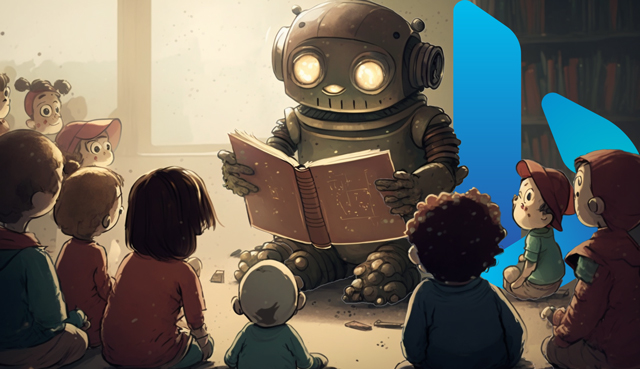
Redefining Authorship and Ownership
The integration of AI in storytelling introduces new challenges regarding authorship and intellectual property. Who owns a story conceived by an algorithm? Can machines be given creative credits, or do they remain tools without the recognition afforded to human artists? These questions provoke robust discussions within legal and creative circles, as existing frameworks struggle to adapt to the complexities presented by AI-generated content.
Projects like OpenAI’s DALL-E, which generates images from text prompts, add layers to this discussion, prompting reexaminations of creativity definitions and ownership rights. As AI systems become more advanced, the call for new understandings and ethical guidelines becomes more pressing, ensuring that the role and credit given to AI are appropriately balanced with human input.
Personalization and Audience Engagement
One of the most captivating prospects of AI in storytelling is its ability to personalize content for individual audience members. Unlike static narratives, AI tools can adapt to each reader or viewer’s preferences, crafting a personalized journey. By analyzing user data, such as past readings, viewing habits, or even mood indications, AI can recommend or create stories that are hyper-tailored to individual tastes.
Streaming platforms and publishers are beginning to explore these personalized storytelling experiences, enhancing audience engagement. Imagine a book or film that adapts in real-time to a reader’s pace, emotional feedback, or even desired plot outcomes. As AI improves, the lines between storyteller and audience may blur, resulting in dynamically co-created narratives.
Challenges and Ethical Considerations
Despite its potential, the use of AI in storytelling is not without its challenges. Concerns about biases in AI, stemming from various training datasets, could perpetuate harmful stereotypes or marginalize certain groups. The accuracy of AI-generated narratives, which might misrepresent or erroneously manipulate historical and cultural contexts, remains a worry. Ensuring transparency and accountability in AI-generated content is crucial in addressing these concerns.
Creators and technologists must advocate for inclusive training datasets and ethical guidelines that promote diversity in storytelling. As AI learns from human inputs, the responsibility lies with creators to guide these systems towards crafting narratives that reflect a spectrum of voices and experiences.
Conclusion: Embracing a Balanced Future
AI-powered storytelling signifies a daring, albeit experimental, evolution of narrative traditions. As tools that assist rather than replace human creativity, AI systems hold immense potential for new literary and artistic horizons. However, as we venture deeper into this new frontier, maintaining a balance between human creativity and machine capabilities remains essential.
Embracing AI in storytelling requires openness to innovation and willingness to navigate uncharted ethical territories. By working collaboratively with technology, storytellers of the future have the opportunity to expand their creative visions, engaging audiences in narratives that are more inclusive, personal, and profound than ever before. AI-powered storytelling thus becomes not a departure from tradition but an enhancement, offering fresh perspectives that enrich our enduring tapestry of human expression.

